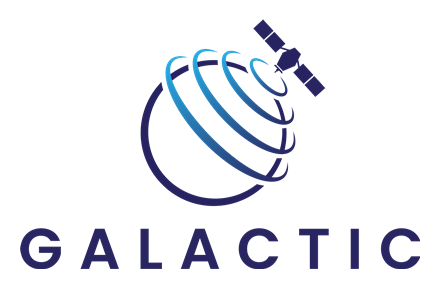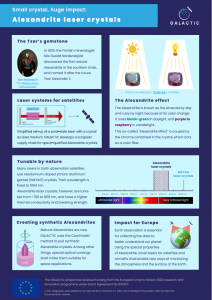
How Alexandrite laser crystals may help Europe to improve Earth observation
A crystal named after Tsar Alexander II. may play a crucial role in atmospheric and Earth monitoring in the future.
Laser systems in Earth observation satellites use solid-state laser media, such as neodymium-doped yttrium aluminum garnet (short: Nd:YAG). These crystals are industrially proven but have a fixed wavelength, which makes them unsuitable for applications that require different wavelengths.
Alexandrite laser crystals, however, have a tunable wavelength and are more robust. Because of its unique properties, Alexandrite may have the potential to replace Nd:YAG crystals in future Earth observation satellites. With enhanced monitoring technologies, novel European satellites may be able to provide more comprehensive data for weather forecasts and climate science.
Currently, Alexandrite crystals for terrestrial lasers are commercially available in Europe, but US-based companies dominate the market. To make Europe non-dependent of external suppliers, GALACTIC is developing an advanced growth and coating process for space-qualified Alexandrite laser crystals.
Check out the infographic to discover the specialties of Alexandrite crystals (click on the image to open the infographic).

